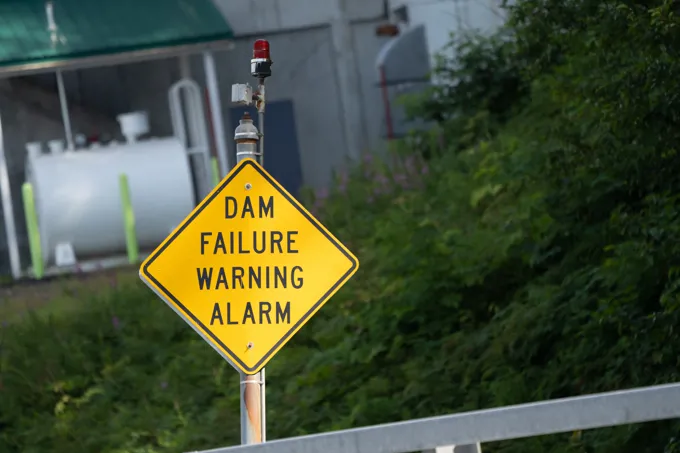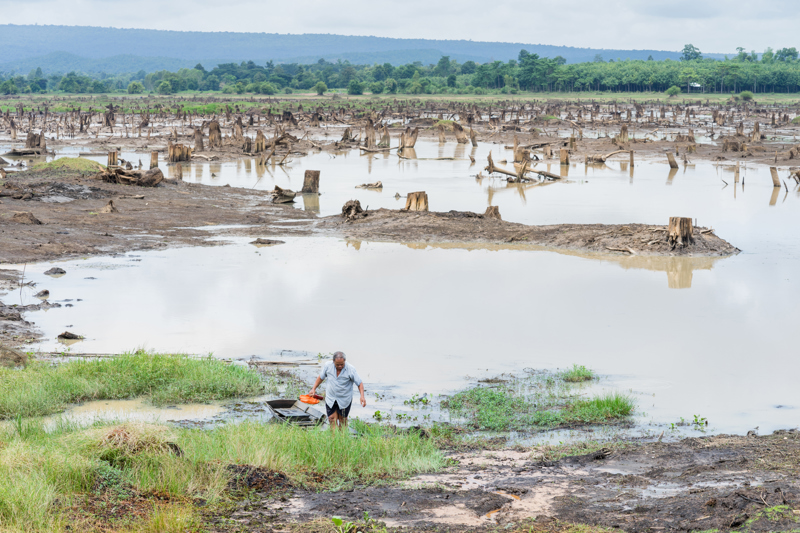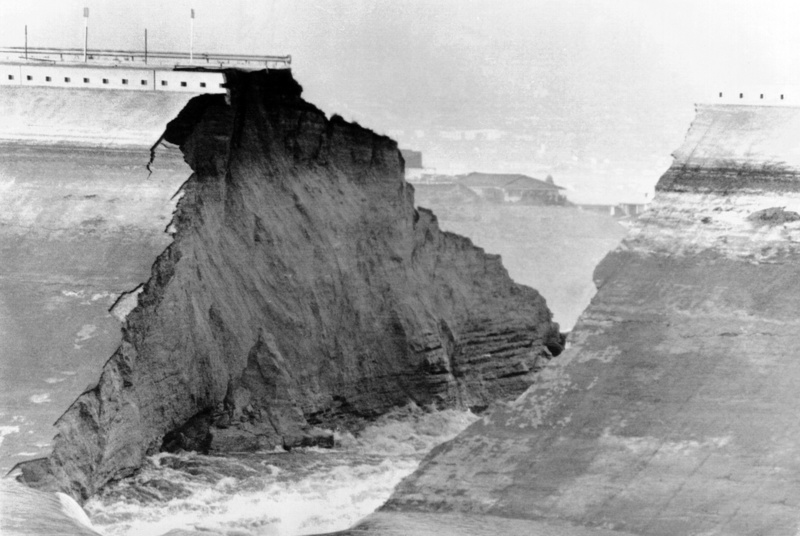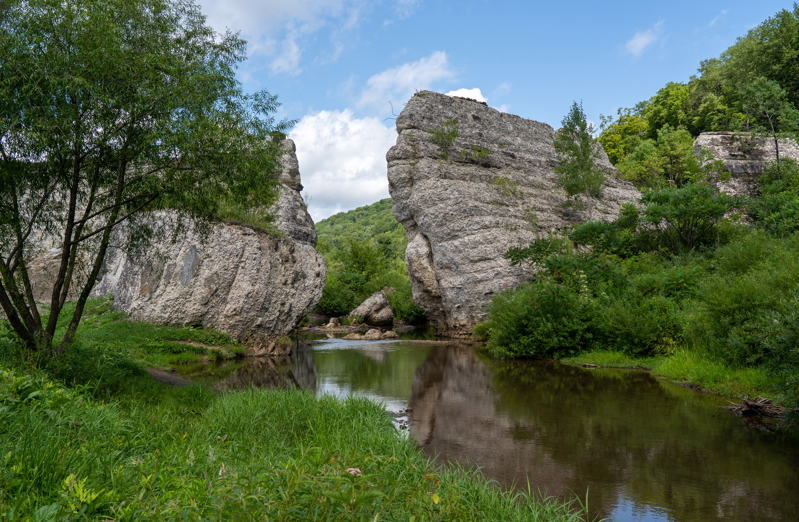
Virginia Law on a Dam Owner’s Liability After a Dam Failure
Introduction
Another article in this blog explains Virginia law regarding dams. It explains the Virginia Dam Safety Act and its implementing regulations (click here to see the other article). This article builds on the previous one. Here, we explain the dam owner’s legal exposure when the dam fails.
3,662 Dams in Virginia
An excellent article in another blog tells how mill dams appeared throughout Virginia in the 1600’s and 1700’s, mainly as a source of waterpower to operate “gristmills, grind limestone into plaster and to saw wood.” With the industrial revolution of the late 18th century, larger, more powerful dams were built to fuel factories, one example being the Long Mill Dam built in 1894 by Dan River Power & Manufacturing Co. to power two cotton mills on the Dan River. In the early 1900’s, numerous dams were built near cities and towns throughout Virginia to create electricity, initially for the purpose of powering electric streetlights. As one author noted, “Electric lighting [was] dazzling and even otherworldly” in the early 1900’s. Larger, ever more powerful, dams were built throughout the 1900’s to generate hydroelectricity to supply the needs of cities, states and entire regions. The dam that created Smith Mountain Lake in 1963 is one such example. Additionally, throughout the 1900’s dams were built to create water reservoirs (Carvins Cove Dam, built in 1927 to impound water for use by the Roanoke Valley, is one example). Dams were also built in the 1900’s to provide flood protection (Kerr dam, for example, was built in 1952 to provide flood control and to produce hydroelectricity). In the late 1900’s, dams were built to support nuclear power plants (Lake Anna Dam was built in 1972 to provide water to cool the nuclear power generating plants at the North Anna Nuclear Generating Station). There are any number of (relatively) small, privately owned, dams that create a small lake or pond that serves as a recreational amenity for fishing and boating. With all these waterbodies in Virginia, some are surprised to learn that only two lakes in Virginia were naturally formed (Lake Drummond in Virginia Beach and Mountain Lake in southwestern Virginia). All Virginia lakes other than these two are manmade. Most were created by a dam. In 2021, the Virginia Department of Conservation and Recreation (the agency responsible for regulating dam safety in Virginia) documented the existence of 3,662 dams in the state.
Very few new dams are being created (quite possibly none). A number of dams are slated for removal, many in response to environmental concerns with some others being removed for safety concerns. The number of dams in Virginia is declining.

2017 dam failure snaps off trees. Shutterstock: Haluiz
Dam Failure Can Cause Devastating Harm
According to the Association of State Dam Safety Officials, one-third of all dam failures are the result of “overtopping” (water spilling over the top of the dam). The collapse of a dam, caused by overtopping, can release destruction. Such destruction occurred during the Johnstown Flood which took place in Pennsylvania, 1889. The flood caused massive property damage and saw 2,200 people lose their lives. An excerpt pulled from page 102 of David McCullough’s, The Johnstown Flood, illustrates such destruction:
“Huge trees were snapped off or uprooted one after another and went plunging off in the torrent. . .. The water advanced like a tremendous wall. Giant chunks of the dam, fence posts, logs, boulders, whole trees, and the wreckage of [a home] were swept before it, driven along like an ugly grinder that kept building higher and higher.”
The Association of State Dam Safety Officials states that other notable causes of dam failure are foundation defects, cracking (caused by natural settling of the dam), and inadequate maintenance.

1963 Baldwin Hills Reservoir, Los Angeles, Five Killed, 277 Homes Destroyed. Shutterstock: Everett Collection
Virginia Uses Regulation to Prevent Catastrophic Dam Failures
Thankfully the awful spectacle described by McCullough happens almost never. Some credit for the paucity of catastrophic dam failures in Virginia should be given to the Virginia Dam Safety Act (”the Act”), codified as Virginia Code 10.1-604 et seq. The Act looks to the Soil and Water Conservation Board (the “Board”) to enforce the Act. Among other things, the Board has the power to issue or deny permits for construction of new dams, and the power to inspect the condition of dams to ensure public safety. Dams found unsafe by the Board must be repaired. The dam owner “shall take immediate corrective action” if the Board finds that an unsafe condition presents an “imminent danger.” Va. Code §10.1-609. For “non-imminent danger”, the owner of the dam “shall . . . implement the recommendation contained in the report [issued by the Board] according to the schedule . . . in the report.” Va. Code §10.1-610.
Virginia Uses Common Law Remedies, Supported by Statute, to Compensate Victims of Dam Failure
Another measure of the credit for the rarity in occurrences of catastrophic dam failure in Virginia belongs to the legal system, and its willingness to impose liability on the owner of a failed dam for the injuries caused by the sudden release of a massive amount of water.
The common law uses tort claims such as trespass, negligence, and private nuisance to force the dam owner to compensate injured parties when a dam causes water to overflow onto the land of another. In 1994, the Virginia Supreme Court considered a case where heavy rain caused the stream to overflow the top of the dam after which the dam washed out, releasing “a sudden large rush of water” that caused property damage. Although a poorly designed dam, or an improperly maintained dam, is the likely root cause in most such cases, the Virginia Supreme Court observed that the injured victims can recover from the dam owner without necessity of proving negligence on the part of him or her. The court wrote: to recover for trespass to land, a plaintiff must prove an invasion that interfered with the right of exclusive possession of the land, and that was a direct result of some act committed by the defendant. Any physical entry upon the surface of the land constitutes such an invasion, whether the entry is "a walking upon it, flooding it with water, casting objects upon it, or otherwise."
Cooper v. Horn, 248 Va. 417, 423, 448 S.E.2d 403, 406 (1994) (citing Prosser and Keeton on The Law of Torts).
"As the Virginia Supreme Court wrote in 1905: “Any swelling of the stream over the line is an invasion of the rights of the upper owner, who has a right to the stream in its natural condition, which he may protect, not only for present needs, but for possible future ones.” Rankin v. Harrisonburg, 104 Va. 524, 525, 52 S.E. 555, 555 (1905) (held: owner who raised dam from 5’ to 15’, in order to secure waterpower for an “electric light plant” must compensate those whose lands were flooded).
We should cap our discussion of common law principles by noting that a trespass claim may entitle the injured party to recover punitive damages from the dam owner, in addition to compensatory damages.
The Virginia Dam Safety Act dovetails with the common law. It leaves responsibility for damage caused by dam failure with the owner of the dam because “[n]o one shall maintain a dam which unreasonably threatens the life of property of another.” Va. Code §10.1-607.
In sum, it will not be easy for the dam owner to escape responsibility for the damage caused by the sudden rush of water turned loose on downstream property owners when the dam breaks. The large size of the compensatory damage claims and the punitive damage claims that follow will, in many instances, overwhelm and even bankrupt a typical dam owner.

1911 Remnant of failed Austin Dam in Pennsylvania, 78 killed, town of Austin obliterated. Shutterstock: CEW
Conclusion
The attorneys on our Waterfront Property Law Team have strong connections and significant legal experience. As you can tell from the time a few years ago when one of our attorneys stripped off his shoes and got in the water to fend off a criminal enforcement action being filed against our client, we go the extra mile for our clients, if that is what is needed to get the job done.
Contact Jim Lang if you would like to see him publish more information on how dams are regulated in the state of Virginia. Of course, you can always contact Jim for his advice and assistance in connection with needs specific to your particular situation.
